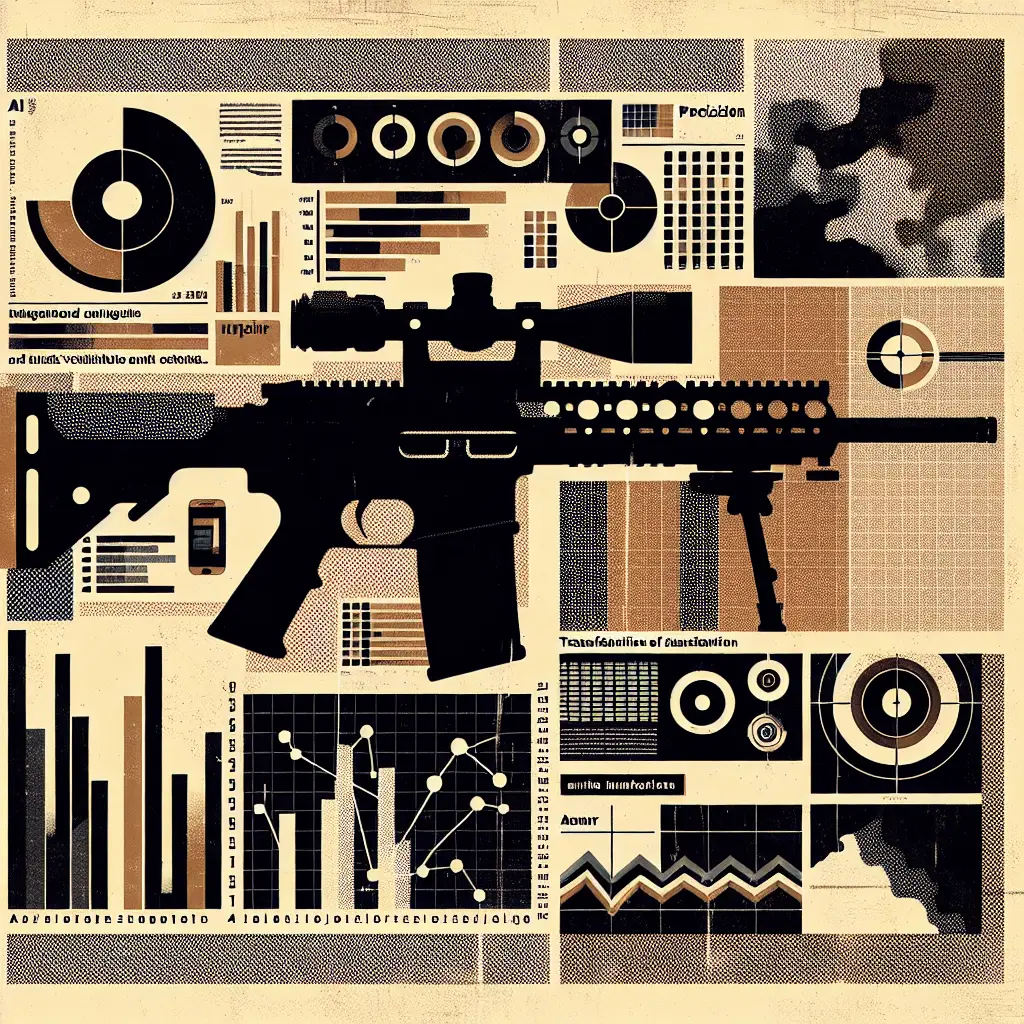Great user experience (UX) design doesn’t happen in a vacuum. It’s not just about creating a product that looks sleek or loads quickly—it’s about understanding the human mind. The way people think, decide, and behave shapes how they interact with technology, and a deep understanding of behavioral science is what turns good UX into great UX.
Let’s dive into the intersection of UX design and consumer behavior, exploring how the principles of behavioral science can create intuitive, engaging, and effective user experiences.
The Psychology of Design
At its core, UX design is about creating systems and interfaces that feel natural to the user. Behavioral science, which studies why people act the way they do, offers a wealth of insights that can elevate a design from functional to irresistible.
Cognitive Load
One of the foundational principles in both behavioral science and UX design is cognitive load—the amount of mental effort required to complete a task.
- The Problem: Too much information overwhelms the user, leading to frustration or abandonment.
- The Solution: Simplify. Minimalist design, clear navigation, and logical workflows reduce cognitive strain and guide users effortlessly toward their goals.
The Power of Defaults
Behavioral science tells us that people are naturally drawn to the path of least resistance. Default settings in UX design take advantage of this principle.
- Example: Pre-selecting options (like “Subscribe to our newsletter”) can nudge users toward desired actions while giving them the freedom to opt out.
The Role of Consumer Behavior
Consumer behavior explores how emotions, preferences, and habits influence decision-making. When applied to UX design, these insights can create experiences that resonate deeply with users.
Emotional Design
Humans are emotional creatures, and design isn’t just about function—it’s about how it makes people feel.
- Application: Use colors, typography, and micro-interactions to evoke specific emotions. A calming blue interface might work well for a meditation app, while bold red accents can signal urgency in an e-commerce checkout.
Habit Formation
UX can either break old habits or help form new ones. Consider how habit loops work:
- Cue: A trigger prompts the user to take action.
- Routine: The user completes the action.
- Reward: A satisfying result reinforces the behavior.
- Example: Fitness apps use daily reminders (cue) to log workouts (routine) and celebrate progress with badges or milestones (reward).
Behavioral Science in Action: UX Design Principles
1. Hick’s Law
The fewer choices a user has, the faster and more confidently they can make a decision.
- Application: Limit navigation options to a handful of categories. For example, instead of presenting 20 product filters, prioritize five that matter most.
2. Fitts’s Law
The time to interact with an object depends on its size and distance.
- Application: Make frequently used buttons larger and position them where the thumb naturally rests on mobile devices. Think about the “Buy Now” button being prominently placed and easily tappable.
3. The Peak-End Rule
People remember an experience based on its most intense moment and its end.
- Application: Delight users with thoughtful micro-interactions (e.g., a satisfying animation) and ensure that the final step, like a thank-you page after checkout, leaves a positive impression.
4. Social Proof
People tend to follow the actions of others.
- Application: Highlight user reviews, ratings, or the number of people currently using a feature to build trust and credibility.
Data Meets Design
To merge behavioral science with UX effectively, you need data. Insights from user research, A/B testing, and analytics can uncover what resonates with your audience and what doesn’t.
Qualitative Insights
Talk to your users. Surveys, interviews, and usability testing provide context to their actions and reveal hidden pain points.
- Example: A user interview might uncover that customers abandon a form because they perceive it as too long—even if it’s just two pages.
Quantitative Insights
Track metrics like bounce rates, time on site, and conversion rates to identify where users are struggling.
- Example: Analytics might show users frequently exit on a pricing page. Behavioral science suggests that anchoring (showing a higher price first) could help frame costs more favorably.
Real-World Example
Amazon: Frictionless Shopping
Amazon’s interface is a masterclass in behavioral science.
- Default Options: One-click ordering simplifies purchasing by minimizing steps.
- Social Proof: Customer reviews and ratings provide confidence in purchasing decisions.
Duolingo: Habit-Forming Language Learning
Duolingo leverages behavioral principles to keep users coming back.
- Rewards: Streaks and badges provide instant gratification.
- Cues: Push notifications remind users to practice daily, forming a habit loop.
Apple: Emotional Simplicity
Apple’s UX design focuses on evoking trust and delight.
- Minimalism: Clean interfaces reduce cognitive load.
- Peak-End Rule: From the unboxing experience to product usage, Apple ensures every touchpoint leaves a lasting impression.
How to Integrate Behavioral Science Into Your UX
If you’re ready to create designs that align with how people think and act, here are some steps to get started:
- Invest in Research: Understand your audience’s habits, pain points, and preferences. Behavioral insights are only as good as the data backing them up.
- Prototype and Test: Don’t rely on assumptions. Test your designs with real users and iterate based on their feedback.
- Think Holistically: Consider the entire user journey—not just individual screens. How does each step influence the next?
- Stay Curious: Behavioral science is constantly evolving. Keep up with new research to refine your approach over time.
Wrapping it all up
The magic of great UX lies in its ability to align with human nature. By blending behavioral science with thoughtful design, you can create experiences that don’t just work but resonate—delighting users while driving measurable results.
Whether you’re optimizing a checkout flow, building a new app, or designing an interface from scratch, remember: the best designs start with the human experience at heart. When you understand how people think, you can shape how they engage—and that’s where true innovation begins.




